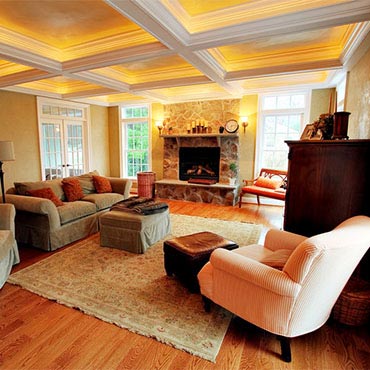

Guide

Oriental rugs are fine crafted rugs that contribute nicely to any formal or informal setting in your home. Oriental rugs blend wonderfully with contemporary, formal, ornate, casual and traditional decorating styles.

Explore our extensive collection of Rug Runners! Perfect for hallways and narrow spaces, these beautiful, durable rugs add elegance and warmth to any room. Shop now to find the perfect design to fit your home's unique style!

Knotting by hand is most prevalent in oriental rugs and carpets. Kashmir carpets are also hand-knotted. Pile carpets, like flat carpets, can be woven on a loom.

Explore our Reproduction Antique Rugs, crafted to capture classic elegance with timeless appeal. Perfect for adding vintage charm and sophistication to any room.

Carpet-weaving in Persia dates back to the Bronze Age. Common motifs include scrolling vine networks, arabesques, palmettes, cloud bands, medallions, and overlapping geometric compartments rather than animals and humans.

Muslims are often seen kneeling and prostrating on small embroidered rugs, called "prayer rugs." For those unfamiliar with the use of these rugs, they may look like small "oriental carpets," or simply nice pieces of embroidery.

Turkish carpets (also known as Anatolian), whether hand knotted or flat woven, are among the most well known and established hand crafted art works in the world. The carpets are always hand made of wool or sometimes cotton, with occasional additions of s

Türkmen carpet (also called "Bukhara Uzbekistan") is a type of handmade floor-covering textile. The original Turkmen rugs were produced by tribes who are the main ethnic group in Turkmenistan and are also found in Afghanistan and Iran.
